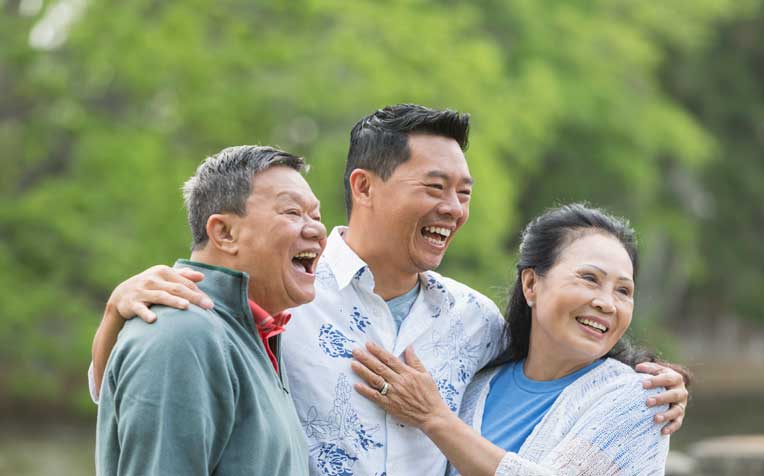HealthXchange will NEVER ask you to transfer money over a call. If in doubt, call the 24/7 ScamShield helpline at 1799, or visit the ScamShield website at www.scamshield.gov.sg.

Prostate cancer is the third most common cancer in Singapore men.
3. Radiation therapy for prostate cancer
Radiation therapy is a cancer treatment that uses high-energy X-rays to kill cancer cells or keep them from growing. There are two types of radiation therapy:
External beam radiation therapy uses a machine outside the body to send radiation toward the cancer in the prostate. Patients may require pre-treatment gold seed implant in the prostate to improve the consistency of radiation therapy. The treatment usually lasts about seven weeks, and may require hormonal therapy in addition to the radiation.
Brachytherapy or internal radiation therapy involves small radioactive seeds implanted directly into the prostate. It is performed under general anaesthesia and involves the mapping and evaluation of the prostate to estimate the number of radioactive seeds needed for a given brachytherapy procedure. Radioactive iodine and palladium are used to deliver the energy into the prostate.
Possible complications of radiation therapy
Radiation cystitis (inflammation of the bladder) and radiation proctitis (inflammation of the rectum) can occur after treatment as the radiation often has to travel through the bladder and the rectum. Most symptoms improve after the radiation treatment is completed.
The radiation oncologist will sometimes suspend radiation if the side effects are significant, and will resume once the symptoms have subsided. There is a small increased risk of bladder cancer and/or rectal cancer in men treated with radiation therapy. Also, erectile dysfunction and urinary problems may occur in men treated with radiation therapy.
4. Hormonal therapy for prostate cancer
In prostate cancer, male sex hormones can cause prostate cancer to grow. Hormonal therapy works by removing the source of male hormones or opposing its action on the tumour cells with drugs or surgery.
Drug treatment may be in the form of subcutaneous or intramuscular injections (luteinising hormone releasing hormone agonists or antagonists) or oral medications (antiandrogens, ketoconazole or oestrogens).
Surgery involves removal of both testes (orchiectomy), which is the main source of male hormones. Hot flashes, impaired sexual function, and loss of desire for sex may occur in men treated with hormone therapy.
Hormonal therapy will not be able to effect a cure on its own. It is usually given in combination with other treatments.
5. Chemotherapy for prostate cancer
Chemotherapy is a cancer treatment that uses drugs to stop the growth of cancer cells, either by killing the cells or stopping them from dividing. Chemotherapy is usually given to patients in an advanced stage of prostate cancer when they are no longer responsive to hormonal treatment. Patients may experience nausea, hair loss (alopecia), inflammation of the cheeks, gums, tongue, lips, and roof or floor of the mouth (stomatitis), and an abnormal blood profile that increases the risk of infection.
Chemotherapy is usually not used in early-stage disease, but is administered in patients with widespread disease that is not responsive to hormonal therapy.
For easy tips on how to maintain good prostate health, read this article.
Ref. Q15
Related Articles
Conditions & Treatments
Public Events
Get the Health Buddy App
© 2025 SingHealth Group. All Rights Reserved.

















 Get it on Google Play
Get it on Google Play